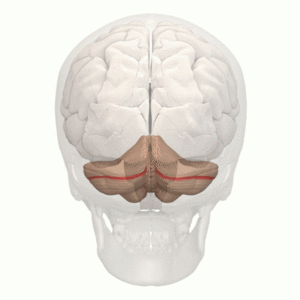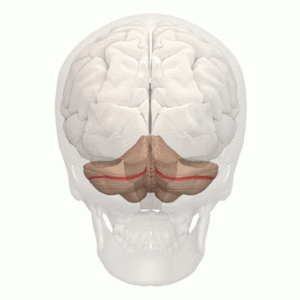Learn more about personaldevelopment with this collection
How to set achievable goals
How to prioritize self-care
How to create healthy habits
Sensory Ataxia
Ataxia, defined as impaired coordination of voluntary muscle movement, is a physical finding, not a disease, and the underlying etiology needs to be investigated.
3
103 reads
What is Ataxia?
- Ataxia can be the patient’s chief complaint or a component among other presenting symptoms.
- Ataxia is usually caused by cerebellar dysfunction or impaired vestibular or proprioceptive afferent input to the cerebellum .
- Ataxia can have an insidious onset with a chronic and slowly progressive clinical course (eg, spinocerebellar ataxias of genetic origin) or have an acute onset, especially those ataxias resulting from cerebellar infarction, hemorrhage, or infection , which can have a rapid progression with catastrophic effects.
- Ataxia is manifested by a wide-based unsteady gait , errors of extremity trajectory or placement, errors in motor sequence or rhythm and/or by dysarthria. Tone is usually decreased and stretch reflexes may be “pendular.” Nystagmus, skew deviation, disconjugate saccades, and altered ocular pursuit can be present. Truncal instability and tremor of the body or head may occur, especially with cerebellar midline disorders.
5
46 reads
Neural connection in detail..
Ataxia is usually caused by cerebellar dysfunction or impaired vestibular or proprioceptive afferent input to the cerebellum.
Any of the following can be implicated in pathology. Cerebellum , spinal cord , brain stem , vestibular nuclei, basal ganglia , thalamic nuclei, cerebral white matter, cortex (especially frontal), and peripheral sensory nerves. [2]
3
36 reads
Reasons for Ataxia
Ataxia is a manifestation of a variety of disease processes, and an underlying aetiology needs to be investigated.
- Pure ataxia is rare in acquired ataxia disorders, and associated symptoms and signs almost always exist to suggest an underlying cause.
- The spectrum of hereditary degenerative ataxias is expanding
- Attention should be addressed to those treatable and reversible etiologies, especially potentially life-threatening causes.
4
44 reads
CURATED BY
More like this
3 ideas
The Benefits of Tai Chi
verywellhealth.com
1 idea
Why you never forget how to ride a bike
popsci.com
5 ideas
How dancing can boost mental health
weforum.org
Read & Learn
20x Faster
without
deepstash
with
deepstash
with
deepstash
Access to 200,000+ ideas
—
Access to the mobile app
—
Unlimited idea saving & library
—
—
Unlimited history
—
—
Unlimited listening to ideas
—
—
Downloading & offline access
—
—
Personalized recommendations
—
—
Supercharge your mind with one idea per day
Enter your email and spend 1 minute every day to learn something new.
I agree to receive email updates

